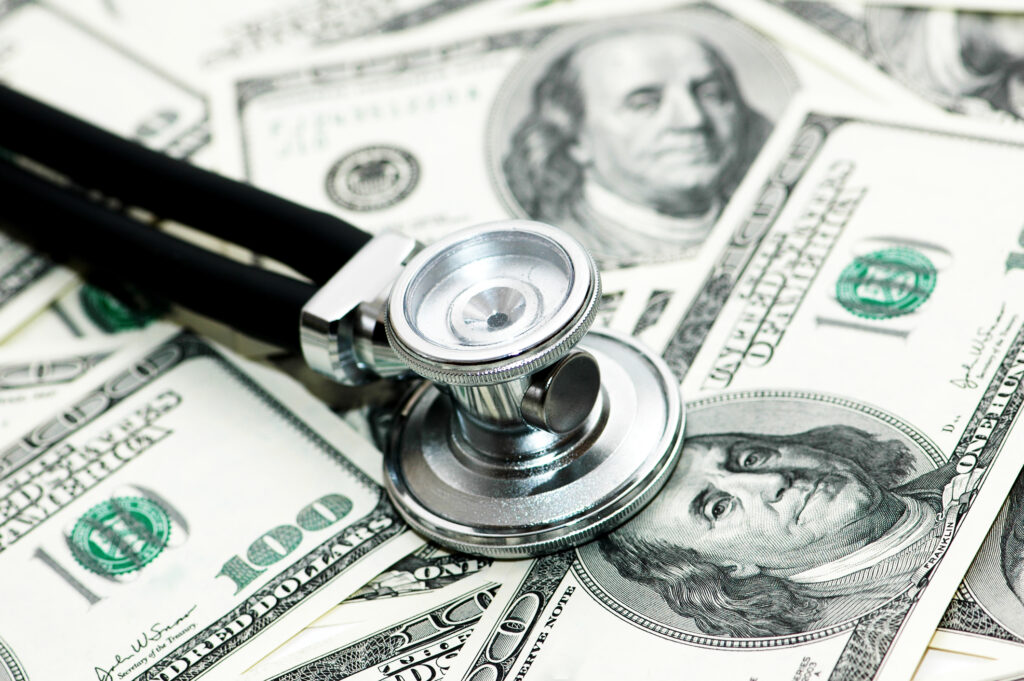Modern healthcare depends heavily on medical technology to deliver timely, accurate, and life-saving care. From AI-driven diagnostics to advanced imaging systems, these tools are now core to how hospitals and clinics operate. But when they fail, the consequences can be serious.
Inaccurate test results, delayed treatments, or device malfunctions can all lead to patient harm. In recent years, several incidents have exposed gaps in safety, design, and oversight. These events raise critical questions about who is responsible when medical tools cause injury.
Understanding these failures and who is accountable is vital for protecting patient health and ensuring justice when errors occur.
Examples of Medical Technology Failures
Medical technology promises faster, more accurate healthcare, but its failures can be devastating. Faulty devices and malfunctioning systems have caused serious harm to patients, which ultimately results in product recalls across the United States. These medical device failures and recalls aren’t rare accidents. They reveal deeper issues in device design, oversight, and real-world performance.
According to Sedgwick, in 2023, there were 975 medical device recalls, representing a 7% increase compared to 2022. Of these, 152 recalls (15.6%) were attributed to quality concerns. The number of affected units accounts for 35.3%, totalling 438.4 million units.
Many patients were exposed to defective or unsafe medical tools. For example, CT scans. The FDA has received reports of CT scans causing problems with electronic medical devices. These problems are due to radiation interference, which means the scanner’s radiation interacts with the electronics in the device. This usually happens when the CT scan targets the same part of the body where the device is located.
These unintended consequences expose a glaring vulnerability in how medical technologies interact, not just with the human body, but with one another.
One example of this intersection between technological failure and patient safety has been reported by CBS Colorado. At a memory care facility in Colorado, a fall detection device—designed to alert staff when a resident falls— failed to activate. The resident, who had cognitive impairments, lay on the floor for an extended period before being discovered.
Her family had relied on the promises made by the facility, believing the technology would provide an additional layer of protection. Instead, it failed at the most critical moment. For families facing such tragedies, legal accountability becomes an important avenue for justice. A Colorado Springs personal injury lawyer can help victims and their families navigate the complexities of medical device failures.
Springs Law Group says these professionals understand the legal standards and the technical nuances of defective devices. They can evaluate whether the manufacturer, the facility, or both failed in their duty of care. Moreover, they can also help you pursue compensation for medical bills, emotional distress, and other damages.
The cumulative effect of these failures is alarming. Inaccurate diagnoses, delayed care, and device malfunctions erode public trust in healthcare. More importantly, they cause real, preventable harm to patients who rely on technology to survive.
Medical technology failures don’t only affect patients—they also expose physicians and healthcare facilities to significant legal and financial risk. Carrying the right malpractice, cyber liability, and general liability coverage is essential for mitigating these threats. Comprehensive medical professional liability policies and malpractice insurances ensure providers are protected when unexpected device or diagnostic failures lead to claims.
How These Failures Harm Patients
Medical device failures have real, lasting consequences for patients. These breakdowns can lead to serious injuries, delayed care, or even irreversible harm.
Physical Impact
When medical devices or software fail, the consequences can be immediate and severe. Misdiagnosed conditions often lead to delayed treatments, worsening of diseases, or irreversible harm.
A failed implant, malfunctioning monitor, or incorrect medication dose recommendation from a software glitch can lead to complications. This includes organ damage, infections, prolonged hospital stays, or even death. Patients may require additional surgeries, extended rehabilitation, or long-term medication just to manage the consequences of an error that should never have happened.
Emotional & Financial Burden
The harm caused isn’t limited to the body. Patients who experience adverse events often suffer emotional trauma. Many develop anxiety or post-traumatic stress, especially after invasive procedures based on false diagnoses.
Inaccurate medical results can cause distress and fear in patients. Financially, these failures cost the healthcare system heavily. A study in NCBI highlights that medical errors tied to technology failures cost the U.S. healthcare system around $20 billion per year. This burden extends to patients and their families, who may face unexpected medical bills and lost income due to extended recovery times.
Inequity in Outcomes
Technology should bridge healthcare gaps, but failure often widens them. Marginalised communities, especially those with limited access to high-quality care, face higher risks from technology-related errors. In lower-income areas, outdated or poorly maintained devices are more likely to be used, increasing exposure to system errors.
Health Day highlights the underrepresentation of skin of colour (SOC) in AI training datasets. This underrepresentation is a primary reason for the poor performance of AI tools on SOC. There are also problems with image quality and a lack of standardisation across image datasets. Because of these issues, AI programs struggle to accurately detect skin lesions in SOC.
Furthermore, a study in medRxiv underscores that conversational AI tools like ChatGPT (GPT-4) are being explored as sources for medical advice. However, there’s concern about inaccuracies in AI-provided medical diagnoses that could potentially harm patients. GPT-4’s overall diagnostic accuracy is only 28%. The model struggles especially with darker skin types, likely due to biases in training data.
These failures not only delay recovery but also deepen distrust in healthcare systems that already struggle with disparities.
How to Protect Yourself or a Loved One
Protecting yourself or a loved one demands action. Always ask the right questions and track device safety alerts. Taking a proactive role in care decisions can reduce harm and improve outcomes.
- Before a medical procedure, ask for detailed information about the devices or digital tools being used. This includes the device name, manufacturer, model number, and approval status.
- If there is any doubt about a diagnosis or treatment recommendation, seek a second opinion. Misdiagnoses often lead to unnecessary surgeries or the use of risky implants. Verifying medical advice through another provider can prevent exposure to harm.
- Stay informed about FDA-issued warnings or recalls. Medical devices can be recalled months or even years after they are approved. Regularly check the FDA’s Medical Device Recalls database and sign up for safety alerts.
FAQs
Who is responsible when a medical device causes harm to a patient?
When a medical device causes harm, responsibility may lie with the manufacturer, distributor, or healthcare provider, depending on the cause. Manufacturers are typically liable for design flaws or defects, while doctors or hospitals may be accountable for misuse or improper implantation.
How can patients report problems with a medical device?
Patients can report medical device problems to the FDA through the MedWatch program, either online, by phone, or by mail. They should provide details about the device, the issue experienced, and any resulting harm to help improve safety and prevent future incidents.
Can hospitals be held accountable for using faulty medical equipment?
Yes, hospitals can be held accountable if they knowingly use faulty medical equipment or fail to maintain it properly. Liability may arise from negligence in equipment selection, inspection, or staff training. It is especially if the failure directly contributes to a patient’s injury or harm.
Medical technology should save lives, not endanger them. But when failures happen, the cost is personal. Patients and families must stay alert, ask questions, and speak up when something feels off. Transparency from providers and vigilance from individuals can make a critical difference.
If medical harm has already occurred, know that you are not alone. Legal help is available to guide you through the process of seeking justice and accountability.
Disclaimer
The information presented in the article “How Medical Technology Failures Impact Patient Health and Accountability” by Open Medscience (dated 2025-07-21) is intended solely for informational and educational purposes. It does not constitute medical or legal advice. Readers should not rely solely on this information for diagnosing or treating medical conditions, or as a basis for pursuing legal claims.
While Open Medscience makes every effort to ensure the accuracy and reliability of the content provided, medical technology and legal accountability are complex and continuously evolving topics. Consequently, Open Medscience does not guarantee or assume responsibility for the completeness, accuracy, timeliness, or applicability of the information presented.
This article references external sources and real-world incidents involving medical device failures. Such references do not imply endorsement, confirmation, or validation of the accuracy of these external sources or events.
Readers are strongly advised to consult qualified healthcare professionals for medical concerns and licensed attorneys for specific legal advice or representation regarding medical device failures and associated claims. Open Medscience expressly disclaims any liability for damages or harm arising directly or indirectly from the use or reliance upon any information contained within this article.
You are here: home » diagnostic medical imaging blog »



